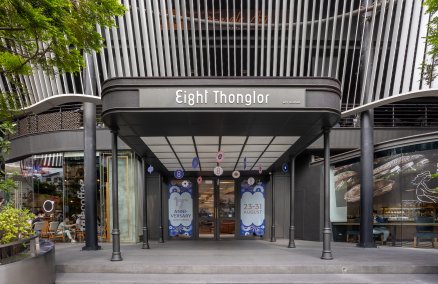I became an architect right after graduating from university. It’s what I always wanted to do. I told my dad I wanted to become an architect when I was still in elementary school and held on to that dream ever since.
Going to Europe in my fourth year of study was a really eye-opening experience. It was before the internet era, and what I saw completely blew my mind. Seeing those remarkable medieval hill towns in Northern Italy changed the way I think. It continues to power my creativity and imagination for each new project.
It wasn’t the architecture itself that impressed me; it was the testament to human creativity. It proved that there are no limitations. If these historic towns can exist, there must be other things we are capable of building that we haven’t even imagined yet.
I am a nerd. When I was studying, I never really had time to do anything else. I focused solely on architecture. When I graduated I worked at Metric Engineering, which had a small architectural section where I designed my first real project, Dining on The Rocks at the Six Senses Resort on Koh Samui.
I got the feeling I’d found someone I can get along with. Amata Luphaiboon and I were working on Dining on the Rocks together and we got along really well, creatively. We had built up experience and a portfolio and decided to found the Department of Architecture in 2004.
Architecture is a combination of science and art. It requires solutions to problems that have no right or wrong answer. Your solution just has to work. Ultimately, that design solution becomes your own unique characteristic; it’s what contains your hard work and your experience.
Nature has its way of informing architecture. How we view nature is often what starts our tinkering on a project. In a tropical climate, you might respond to the sun by designing a large awning, while another architect might keep the building cool with another solution.
Renovations are challenging. Old buildings require us to find design solutions without disturbing their original charm. That was the challenge with the Grand Postal Building on Charoenkrung Road, where we’re building the new TCDC headquarters.
We saw the magnificent, majestic stairwell as the gateway to a space for collaboration and work. So we tore down the old partitions that used to be offices and which blocked the sunlight . It will be a very open space, connecting TCDC with the art galleries in that area and the road to the river. It creates links between different modes of transport in order to bring more people here and turn the area into a creative district.
I have never felt discriminated against by men in my profession. Everybody I’ve collaborated with has been very nice, never condescending or patronizing. The reason why architecture seems to be a male-dominated career, I think, is because it’s a difficult job with long hours. Women, at a certain age, have to take care of their family. When they have kids they’re no longer able to focus solely on their career. Society has defined women’s role as staying at home, taking care of kids. For women, children must be the first priority.
Still, I see more and more women entering the architectural profession. Women are going to play a key role. There is no rule forbidding women from expressing their ideas through architecture.
Nothing is ever finished. Something may look as though it is complete, but it can always be changed or altered into something new. The important thing is to develop an instinct for when to stop designing.















